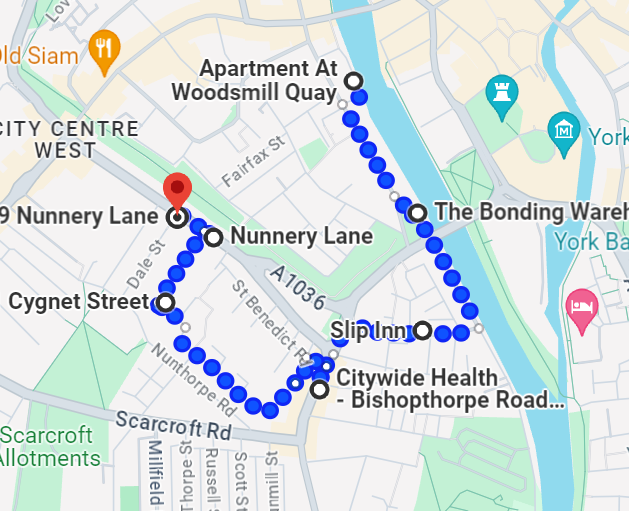Welcome to this ghost sign walking tour around Bishophill!
Explore the hidden history of York with our 30-minute Bishophill Ghost Signs Walking Tour.
This tour will guide you through the fascinating remnants of past businesses and advertisements that once thrived in the Bishophill area, offering a unique glimpse into the city’s commercial heritage.
The Route
Click here to follow along on Google Maps.
1. Woodsmill Quay
Starting by the river on Queen’s Staith, look up to your right facing the large warehouse.
Nestled in the heart of York, Woodsmill Quay at Queen’s Staith has a rich history dating back to the 19th century when it served as a bustling timber mill.
For more information on this ghost sign, click here.
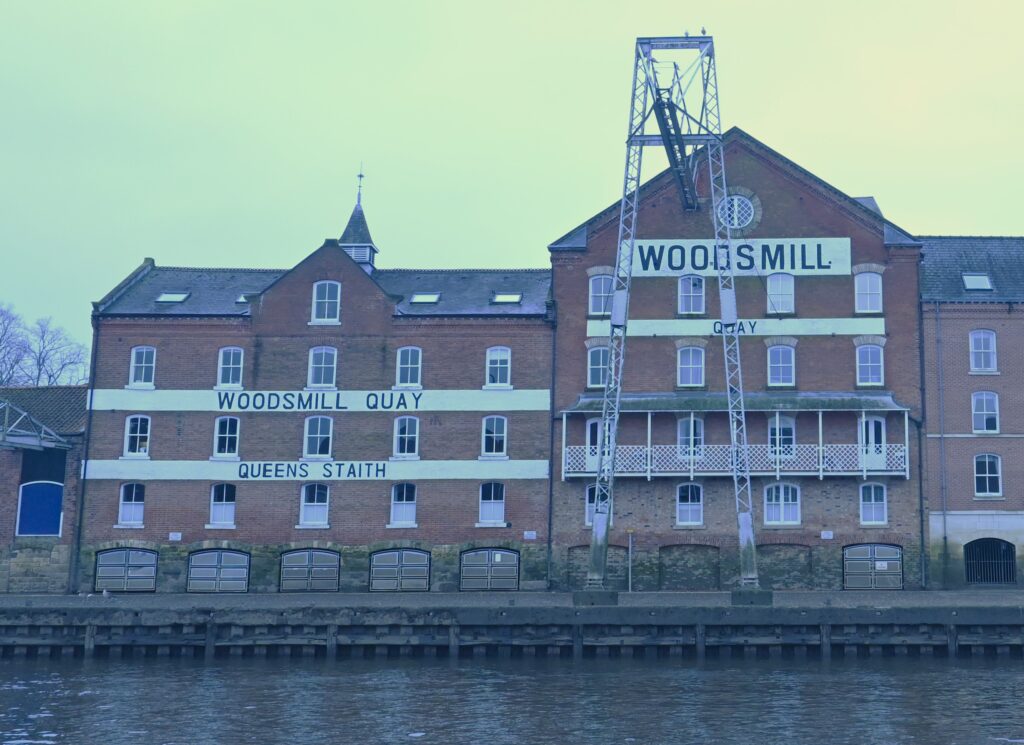
2. Bonding Warehouse
Walk five minutes further down Queen’s Staith. Coming up on your right is a large red-brick building with “The Bonding Warehouse” written across it.
Designed by city surveyor George Styan in 1875, this building has a history of port control dating back to the 12th century. In the 1980s, the Bonding Warehouse was repurposed as a popular pub and steak bar.
For more information on this sign, click here.
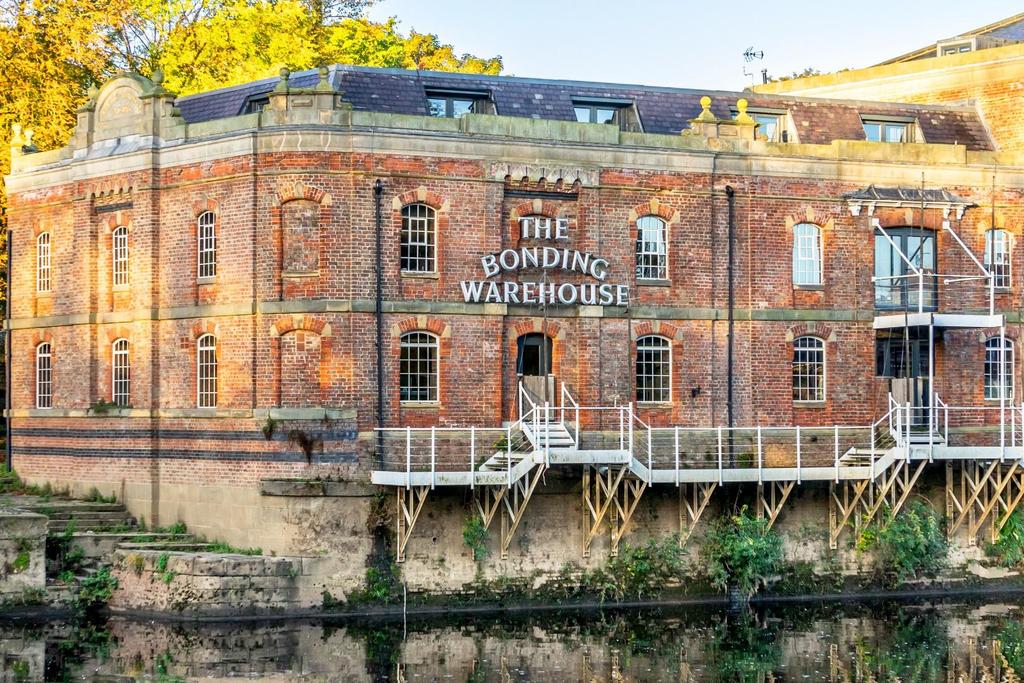
3. Tower Ales
Walk another five minutes down Queen’s Staith, heading under the bridge. Take a right onto Clementhorpe Road. After a minute or two, you will see the Slip Inn on your right.
Built in 1840, The Slip Inn in Clementhorpe was first recorded as a beerhouse, rebuilt around 1902 near the site of a medieval church and associated nunnery, remnants of which remain visible.
For more information on this sign, click here.
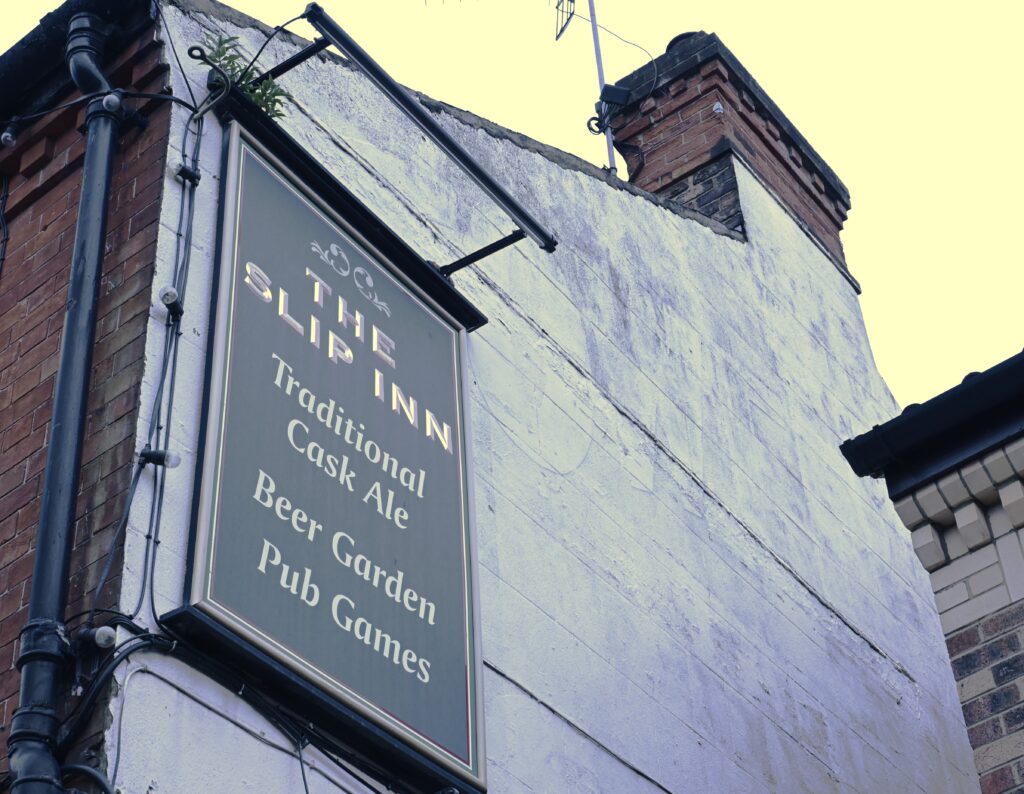
4. Sherwin
Continue down Clementhorpe Road and take a left at the end onto Bishopthorpe Road. Head down for a few minutes until you come to Bishopthorpe Pharmacy.
The Bishopthorpe Road Pharmacy was originally John Sherwin, druggist and chemist, established in 1891. It was later taken over by his son, John Arthur, who continued the business until his death in 1948.
For more information on this sign, click here.
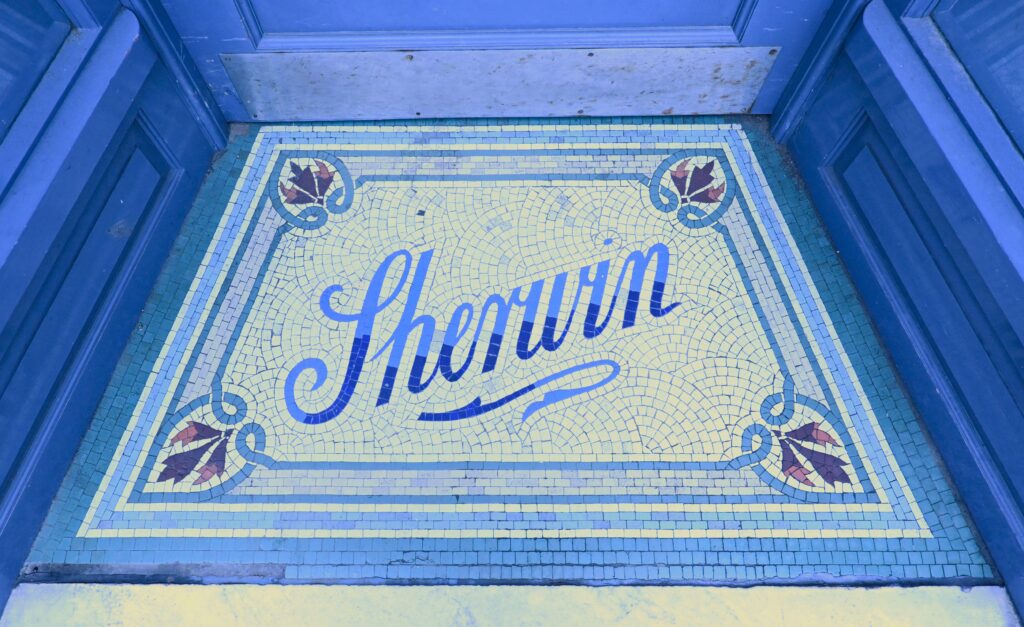
5. St Clements Hall
Head back down Bishopthorpe Road the way you came, and cross the road. Take the first left onto St Benedicts Road. Keep following the road until it changes onto Cygnet Street. At number 51, look up.
The church hall, built in 1933, was the work of York’s top architectural firm of the era. The ghost sign you’re looking at shows the back of the church hall, which people used to be able to enter from.
For more information on this sign, click here.
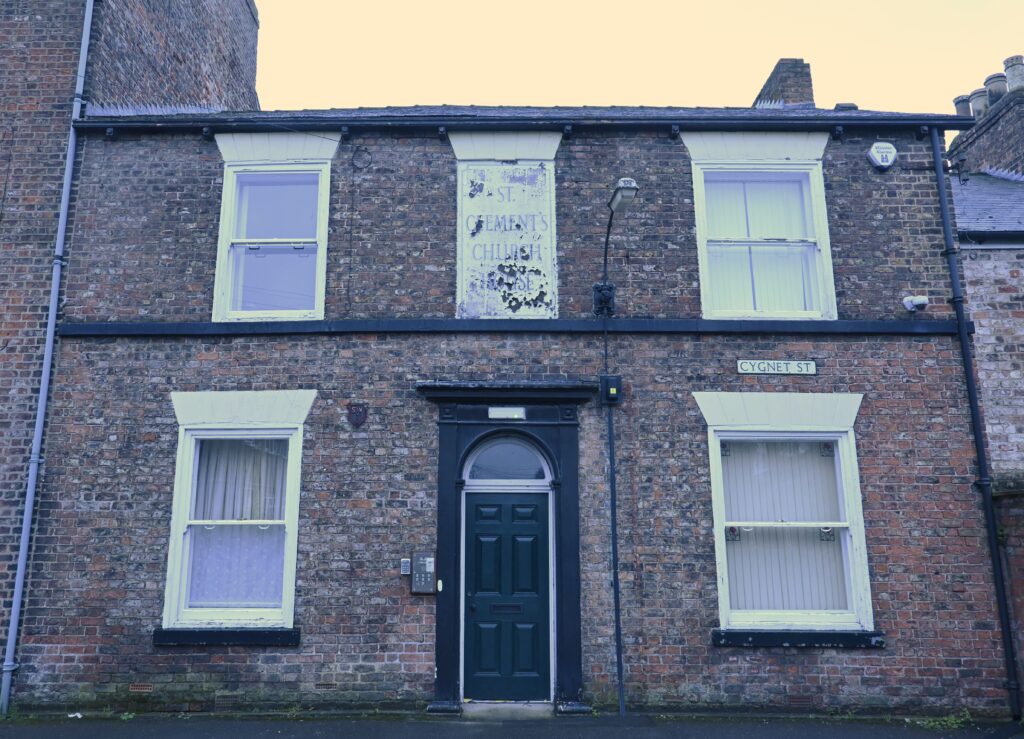
6. St Thomas’s Hospital
Continue down Cygnet Street and take a left onto Swann Street. Walk to the end of the street, and turn right. In front of you, you can see a large white brick building.
St. Thomas’ Hospital was one of six medieval hospitals and almshouses in York to survive into the modern era. However, by the 1570s, the concept of a hospital began shifting toward that of a workhouse, reflecting a broader change in societal attitudes.
For more information on this sign, click here.
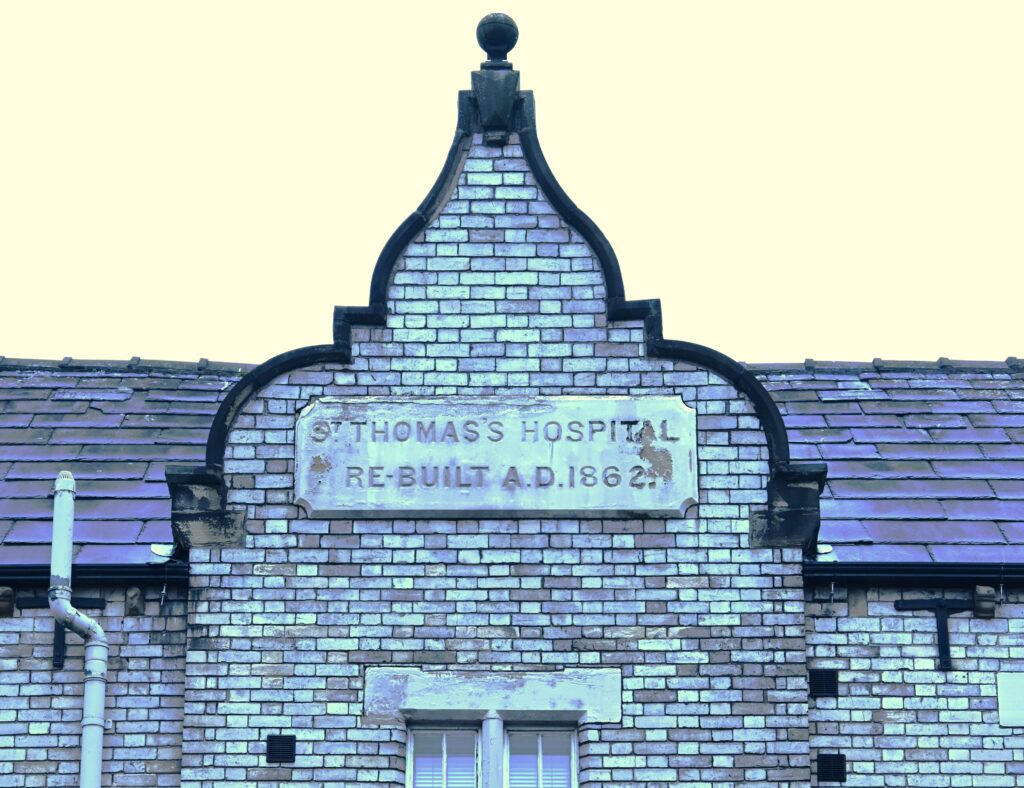
7. Bottle Jug/Britannia Inn
Head back up Nunnery Lane the way you came and cross the road. After a minute, you come to Guppy’s. In frosted glass, you can see ‘Britannia Inn’, and on the other side of the building, ‘Bottle Jug’ in stained glass.
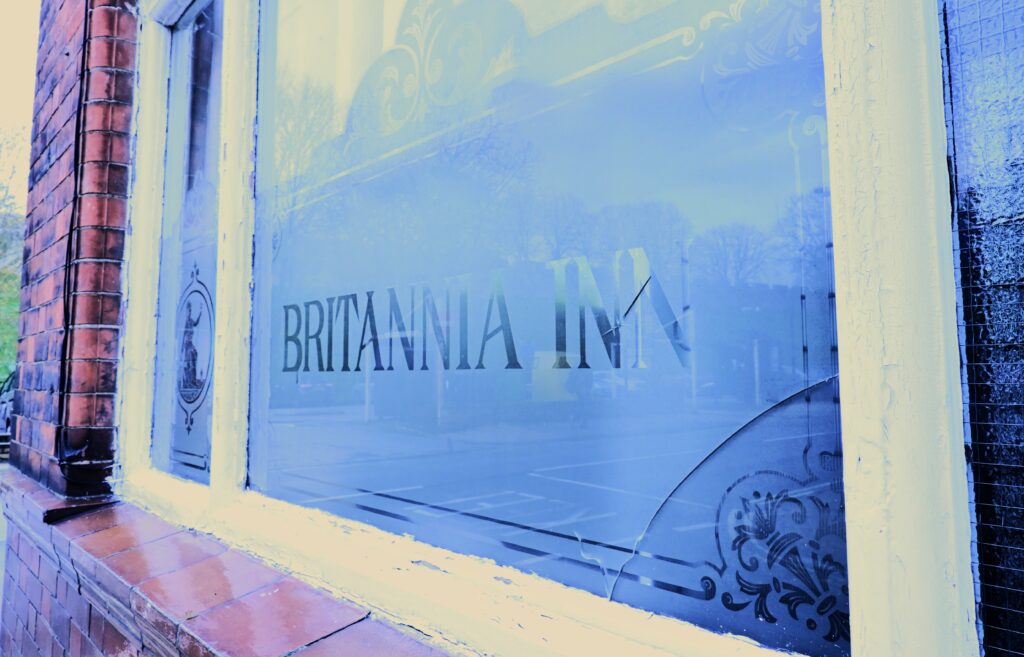
Dating back to around 1837, The Britannia was rebuilt in 1902 by the Tadcaster Tower Brewery.
For more information on these signs, click here.
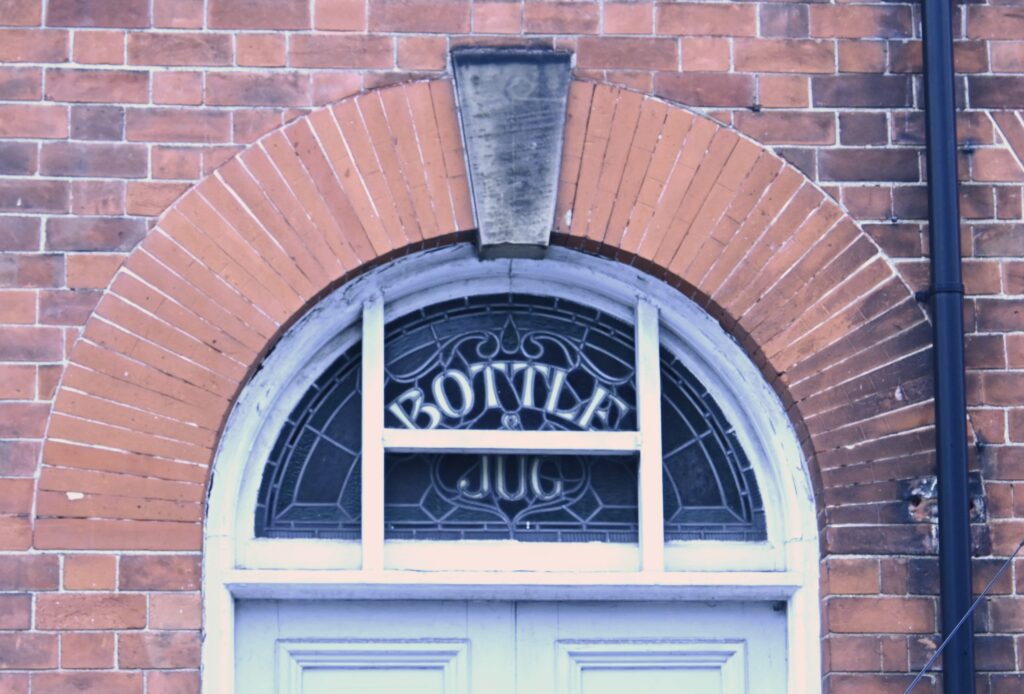
Got thoughts or a story to share about this iconic sign? We’re all ears—drop your comments below and join the conversation!

